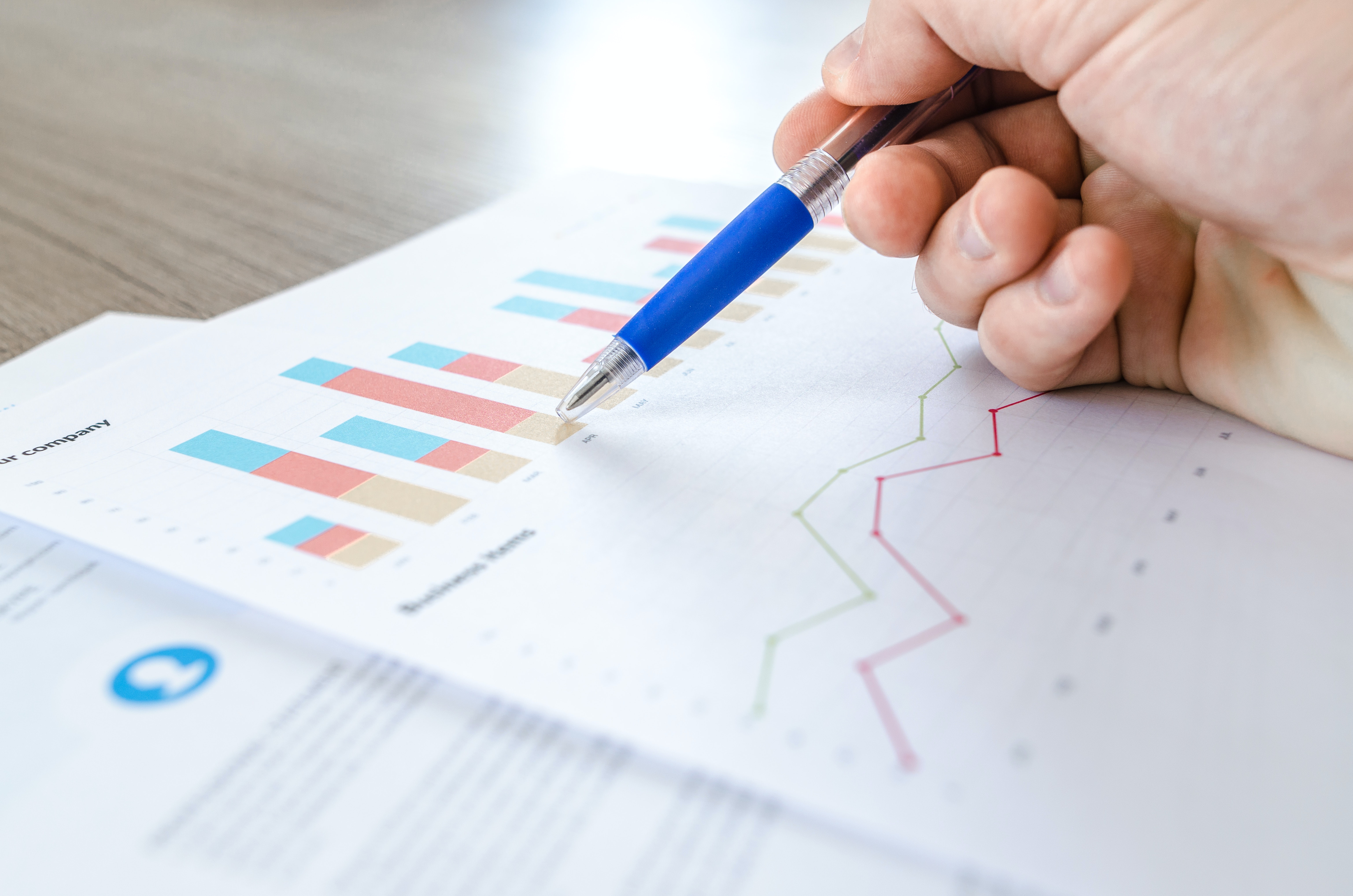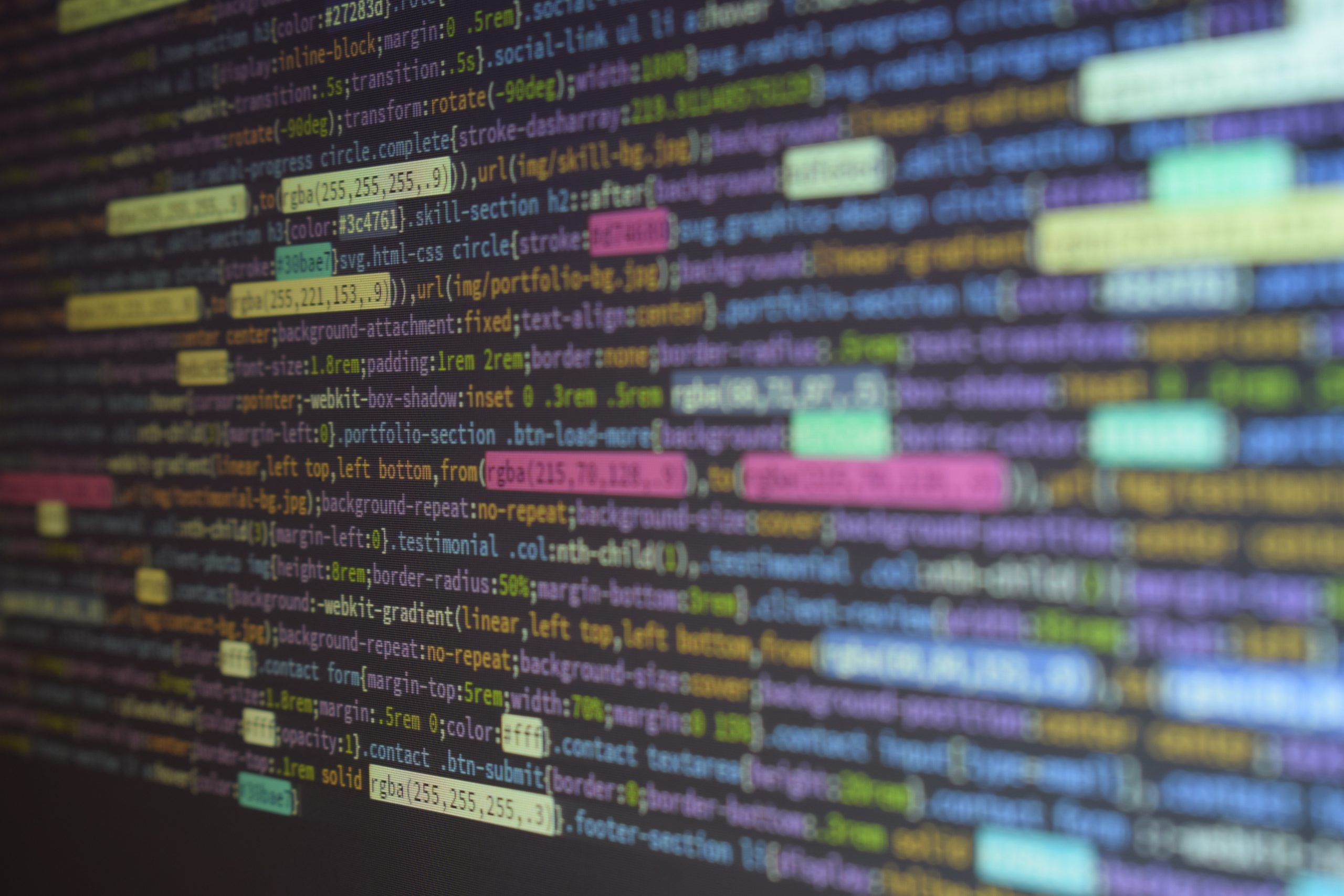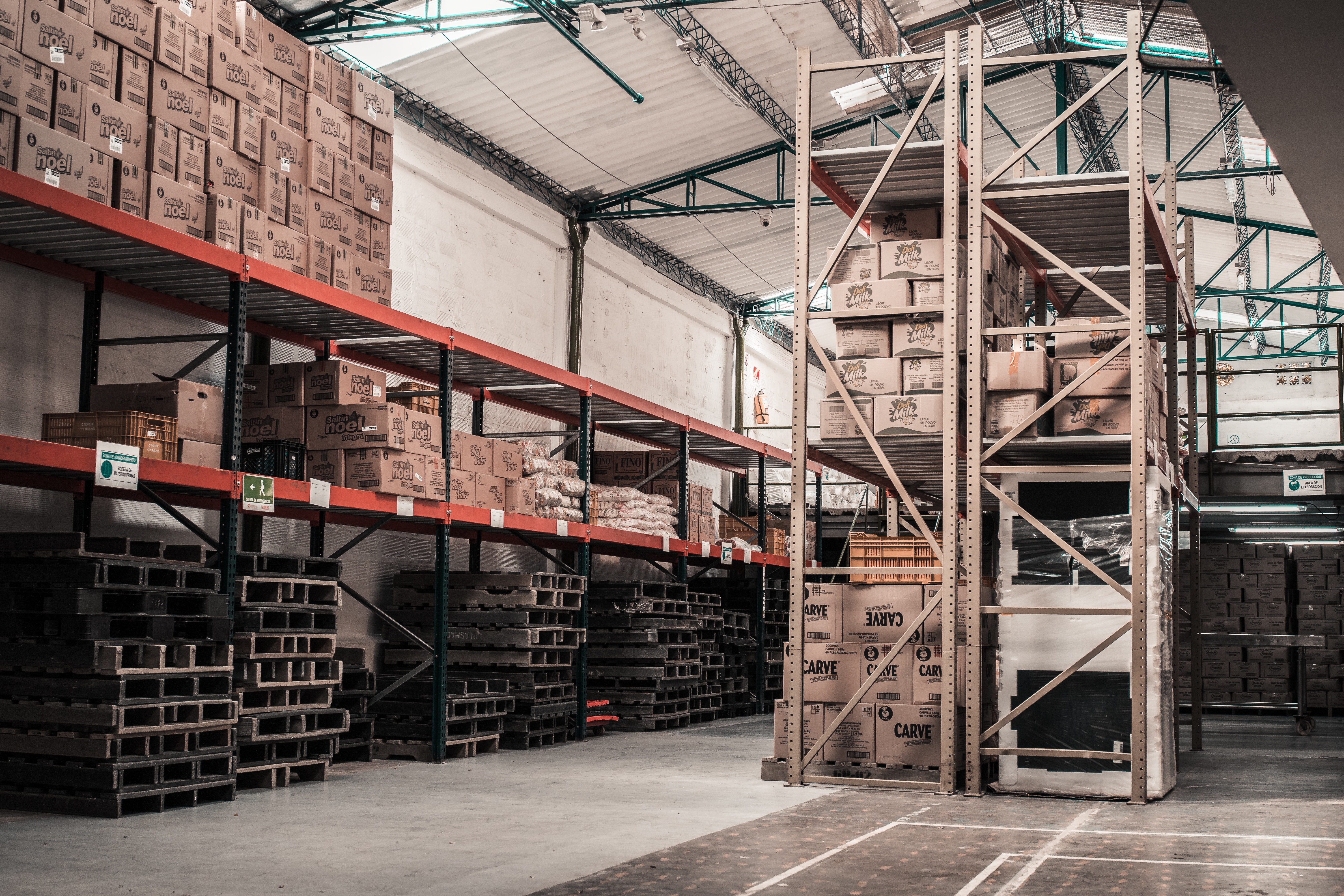Power up your SCM with Big Data


Power up your SCM with Big Data
09 August 2022
2
min read
Get your SCM modelling right


Get your SCM modelling right
09 August 2022
2
min read
Shift from sales forecasting to demand planning


Shift from sales forecasting to demand planning
08 August 2022
2
min read
Take Excel to the next level


Take Excel to the next level
27 July 2022
1
min read
Enhance your demand pattern analysis


Enhance your demand pattern analysis
27 July 2022
2
min read
Integrate demand and supply planning


Integrate demand and supply planning
27 July 2022
2
min read
Compare SCM Tools


Compare SCM Tools
21 July 2022
1
min read
Demand forecasting for new products


Demand forecasting for new products
19 July 2022
2
min read
Level up your Demand Planning


Level up your Demand Planning
19 July 2022
2
min read